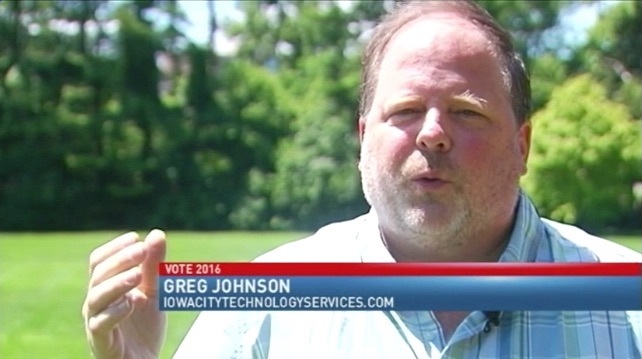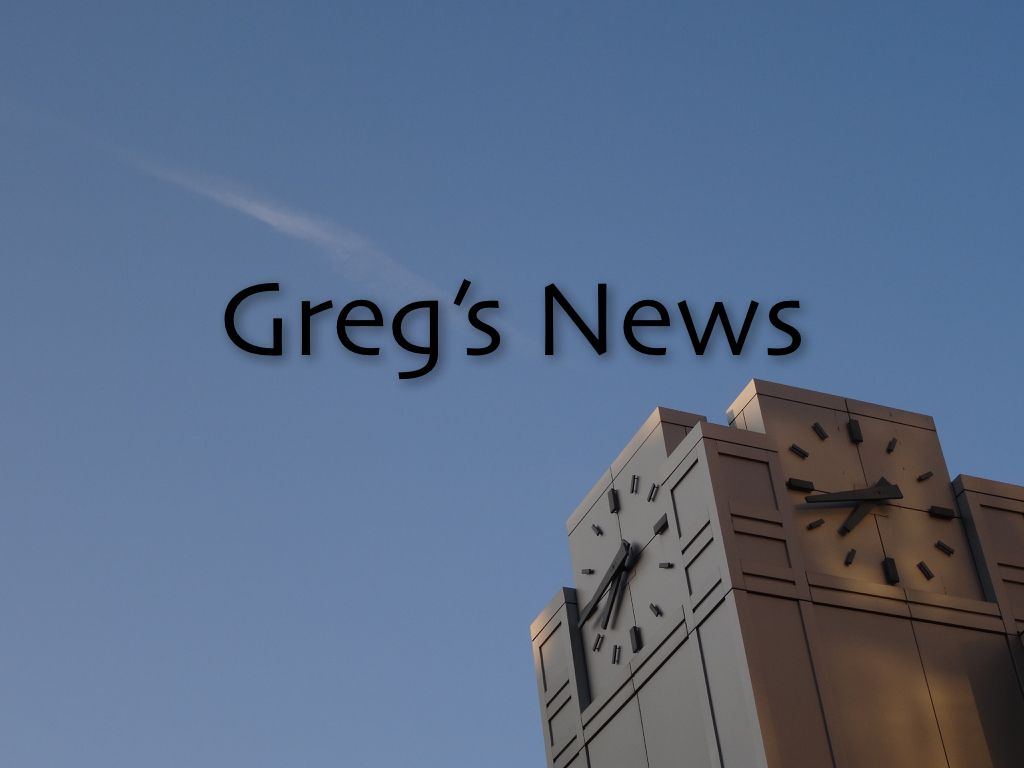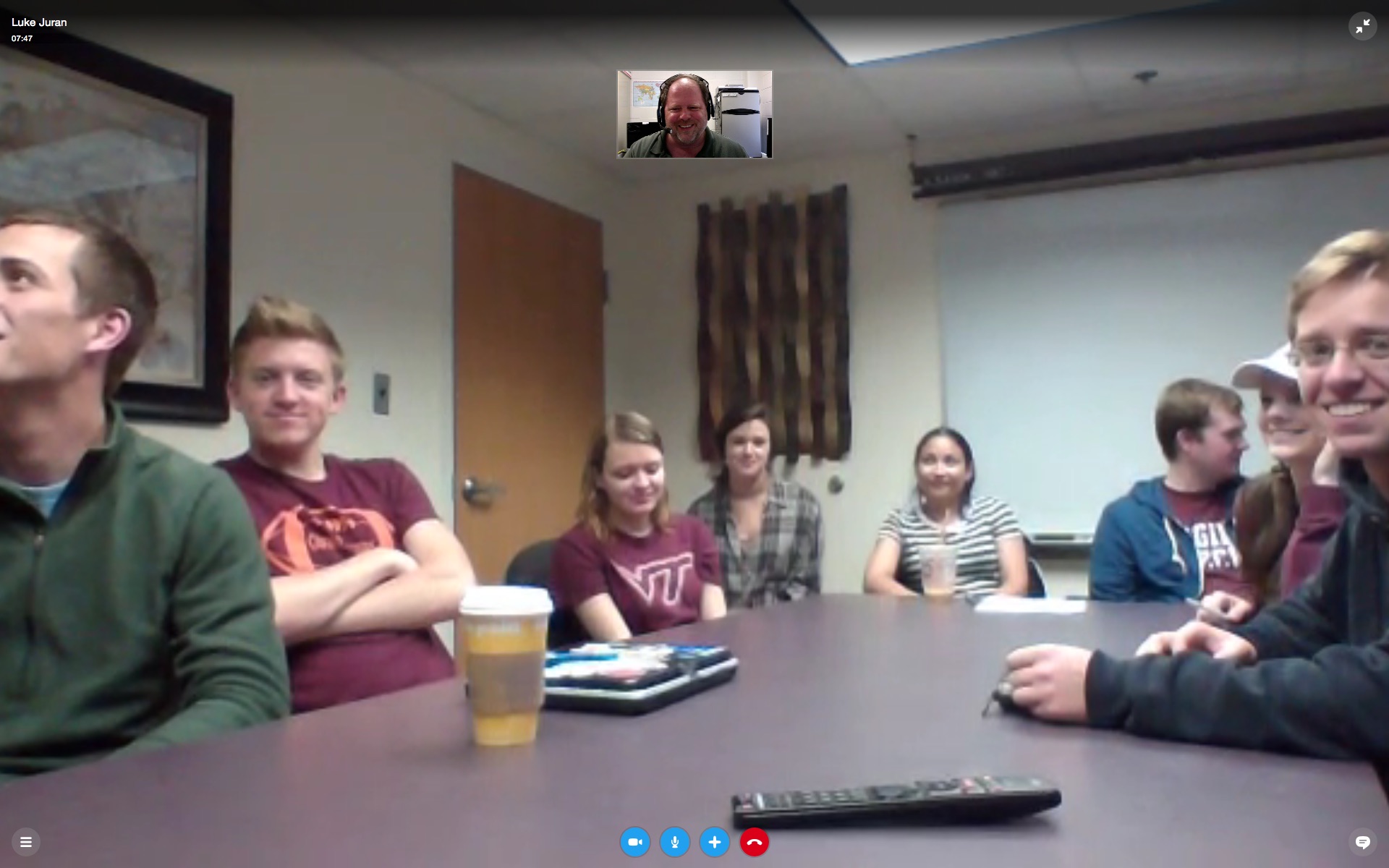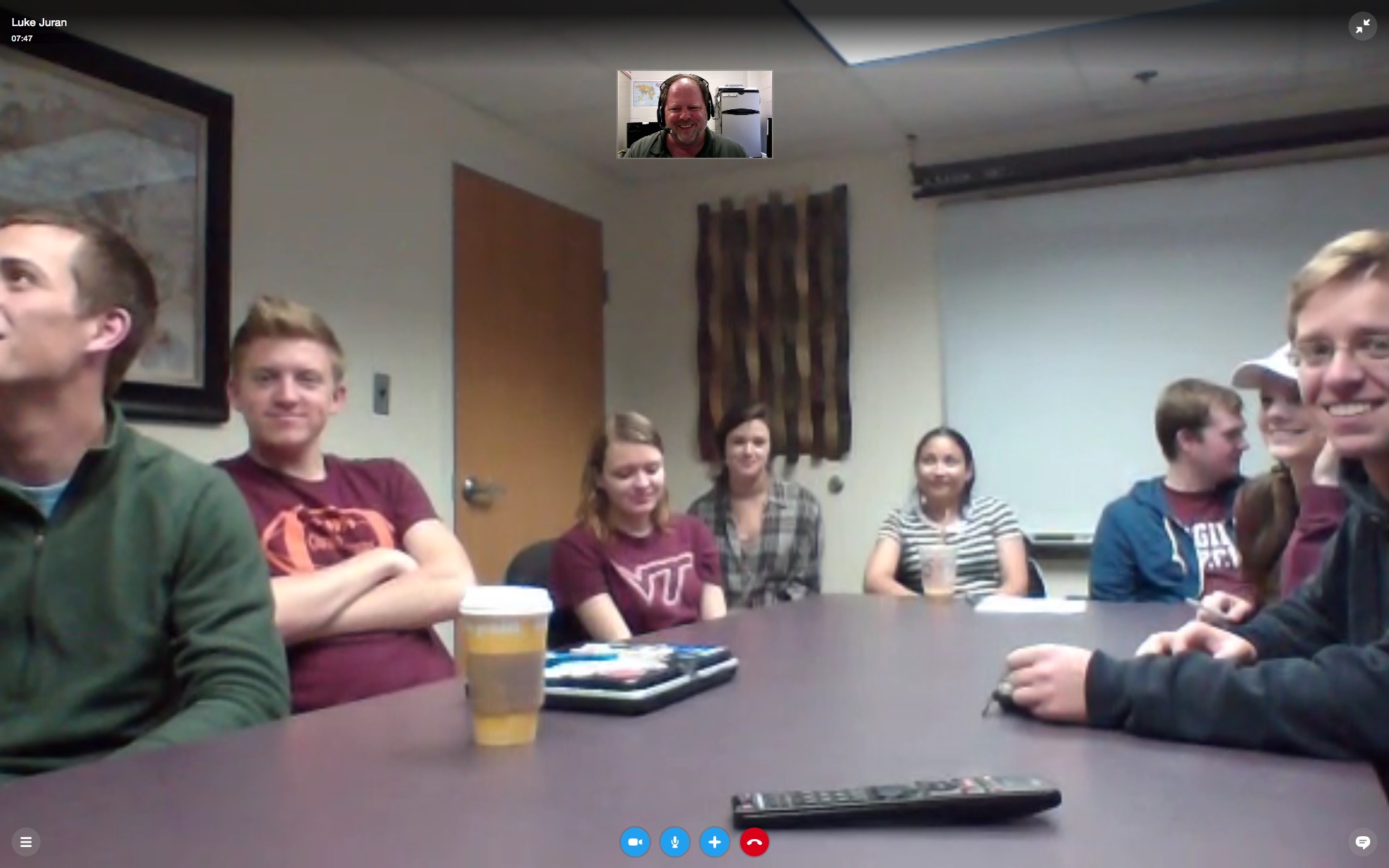Personal Update 201712 | 28 December 2017 | Thursday
Greetings,
I hope you’re doing well. Thanks for taking a moment to read my latest update. There’s a lot from this past year to be grateful for. I’m appreciative for the family and friends who inspire, guide, and empower me. This month I’m going to recap 2017, and share some thoughts about 2018.
Wellness
This past year, I’ve lifted over 3 million pounds at the gym and ridden more than 1,367 miles on my bicycle. Yet, the biggest breakthrough came in the past four months with the development of a eating program I’ve created that has allowed me to improve numerous clinical and lab wellness metrics — effectively reversing aging by 7 years in 4 months. In other words, I’m getting outcomes and results that I’ve not seen in 7 years. I’ll elaborate more on this in the months to come.
Career
In my consulting work, my ‘customers’ become like friends, and I greatly appreciate their support. Some have been calling on me for technical services for 20+ years. Others I’ve been working with more recently. I’m still refining my business model to serve others better, and for greater efficiency of my time, energy, and resources. One of the challenges in 2017 has been cutting back on my billable time so I can spend time on my wellness goals — and just to be living amore balanced life.
Because I’m the bookkeeper, receptionist, head of marketing, and CEO, there’s a lot that needs to get done to operate a business. On a typical day, it may take several hours to take care of the administrative overhead and basic communications of the day. So, my actual billable time on a given day could be just a few hours. With the Bike Work Life initiative, I’m able to spend several active hours a day while catching up on emails and phone calls — but that’s typically not billable time. So, I’m looking for ways to reduce my operational costs since I’m no longer working 60+ hours a week.
Bringing in the Fishing Nets
I’ve had a lot of business initiatives and public interest outreach efforts over the years. Like a farmer planting his fields with different seeds to see which variation produces the greatest yield, I’ve tried expanding the billable and volunteer work I do, examining the fruitfulness and impact of my efforts.
In 2018, I plan to begin ‘brining in the fish nets’ and shutting down some projects where interest has dwindled. Some of the websites I’ve launched over the years will, over time, be shut down and the content or purpose brought back under the Resources For Life umbrella.
In the year ahead I’ll be focusing my efforts on those areas of greatest fruitfulness in areas of public interest and in producing the personal income I need to pay the bills and have an impact.
Tech support continues to be a focus of mine. That’s what I’ve done my entire life, and will continue to work with. Other areas I’ll probably be cutting back on. This little bit of downsizing will have minimal impact since my work in those other areas was so broad.
This is part of an overall effort to downsize and reduce the ‘stuff’ I need to do my daily work.
Knowledge Sharing
In 2018, I plan to offer some public courses on various topics that people have requested including web design, marketing, effective activism, photography, video production, using mobile devices, purchasing technology devices, how to run a successful small business, and best practices for computer use — as well as other topics.
Up until this point, I’ve been mentoring and supporting individuals who are just getting started with their own business. With these public courses, I hope to offer knowledge sharing to a broader audience. I’ve done some of this in the past, and want to return to it in the year ahead.
These courses will be a way to offer all my paid services for free to the public. Those wanting one-on-one personalized services, on-site support, and services on-demand will still pay, but those unable to pay will be able to get free help with these public courses.
Reducing Social Media
Over the past two months I’ve been significantly reducing my time spent on social media. In the past I would checking throughout the day to post updates and keep up with news of others. Lately I’ve been checking in once or twice a week, with infrequent posts and updates. Moving forward, I’m planning to communicate more through email and my website. I’m also working on an alternative to Facebook, Twitter, and Instagram that I’ll announce soon. The alternative will be free of ads, trolls, fake news, and hackers — while at the same time offering ease of use and privacy.
High-Tech, Low-Tech, No-Tech
Over the years I’ve had an interest in maintaining involvement in various ‘platforms’ or brands of devices. For example, I regularly work with Apple, Linux, and Windows computers. I also try to maintain fluency in various technology ecosystems such as Apple, Microsoft, and Google cloud services. I use a fancy iPhone, but also maintain an inexpensive Android phone that I work with daily. It’s regularly updated and fully operational. I like to be familiar with scalable technology solutions so I can advise and support those on a limited budget, as well as those on an unlimited budget.
In the low-tech department, I’m working on creating simple computers for people that will have a very low cost of ownership — perhaps $50 per year or less. These would be $150 computers that people could use for 3 to 5 years or longer before upgrading.
In addition to high-tech and low-tech solutions, starting this month, I’m going to begin regularly working with ‘no-tech’ solutions. These are organizational and operational systems I developed decades ago that are based on the use of pen and paper. It’s become popular lately for people to go ‘off the grid’ (or at least off the social media grid) for a week or a month. I plan to spend one day a week focused on using and refining ‘no-tech’ solutions for my daily needs. My calendar, notes, to do list, reference items, and other things I normally would use the computer for, I’ll instead use a notebook and pen to do.
My most effective present day organizational and operational systems are digital forms of practices that began on paper many years ago. I want to revive that. This effort encompasses goals of minimalism, cost savings, reducing my carbon footprint, simplicity, and having off the grid practical systems in place for when the resources we normally rely on aren’t there.
For myself and others, I see increased stress and frustration when computers fail or the Internet isn’t working, or there are power outages. Everything grinds to a halt. Last month, some parts I needed for a project were sold-out nationally. An online system I rely on was out for two weeks after a cyber attack resulted in over $50 million being stolen. Last month a Yahoo service I rely on was down for a week, impacting millions of people. No explanation was given. If I had to guess, I’d say it was probably a cyber attack. We’ll probably never know the actual cause. Numerous companies are being impacted by cyber attacks or internal negligence, and then a lack of transparency makes things worse. The Equifax breach is an example of this. This is all very disruptive, and when specific systems aren’t working, getting solutions from customer service can take days or weeks.
Working in technology support, I see daily reminders of the increasingly fragile nature of the systems we rely on. There’s a reassurance in having paper-based systems in place for basic day-to-day operations.
This month, I created a spreadsheet to evaluate the ongoing cost of fully embracing all the products that Apple would like us to use: the Apple Watch, iPad, iPhone, MacBook laptop computer, and iMac desktop computer, along with the cloud services. For someone buying moderate performance equipment and replacing items every 2-5 years as needed, the cost is about $1,500 per year. For a little bump in performance and features, it’s $3,000 per year. If you’re buying their high-end equipment, even if you’re waiting 5 years between upgrades for some of the equipment, the annual cost could be over $5,500 per year, for life. None of this takes into account the cellular phone bills and internet services that can easily cost hundreds of dollars.
In other words, the devices we buy are never a one-time purchase. They might as well be on a subscription or rental plan. Indeed, this is what Apple and other companies offer. You pay, let’s say, $50 a month for life, and you’ll always have the latest iPhone. Well, that’s just the phone. All the devices we use, and replace when broken or slow, that all can cost hundreds of dollars even when someone is frugal and stretches out the replacement cycle. I’m regularly helping people who have computers, smart phones, and tablets that are excruciatingly slow, or that grind to a halt because of limited space or slow processors. People either pay with money to stay current, or pay with their time. The market forces people to upgrade on a regular basis, or suffer the consequences.
So, for all the above reasons, I want to diversify my portfolio of resources that I depend on for my daily operations in case there are unexpected disruptions and outages. I’ll share more about this in the months ahead.
Thanks!
Many thanks to all of you who keep in touch and provide support for the work I do.

__________
Want More News? For additional news and updates you can subscribe to the Resources For Life Newsletter by sending an email to resourcesforlifenews-subscribe@yahoogroups.com
Origins. For those of you who are new to these monthly personal updates, they began about 17 years ago out of a desire to share from my personal life about topics of lifeways (faith), health, career, finances, relationships, effective living, and activism. This is based on the life map presented on the Resources For Life website.












